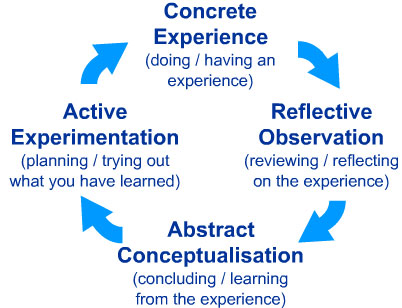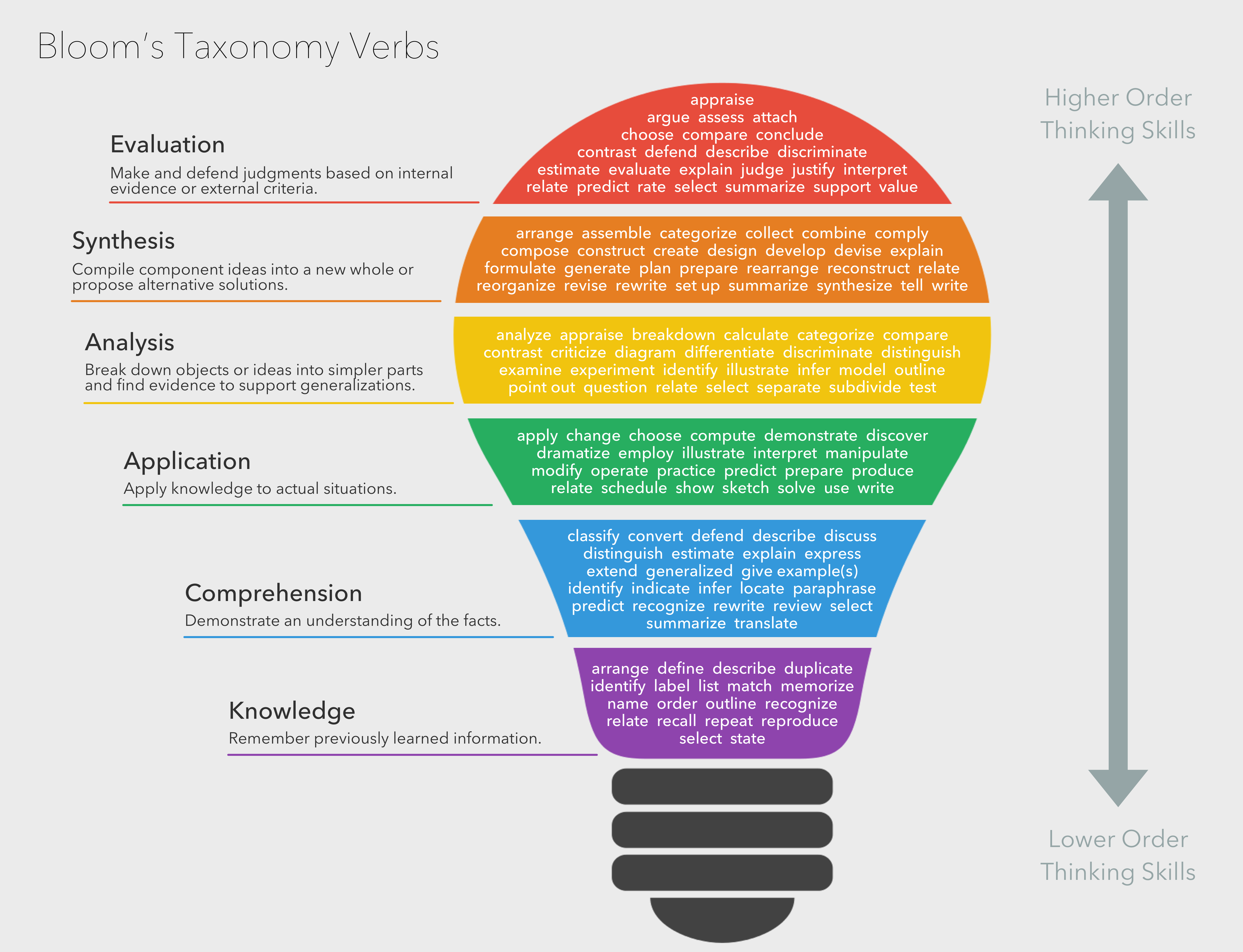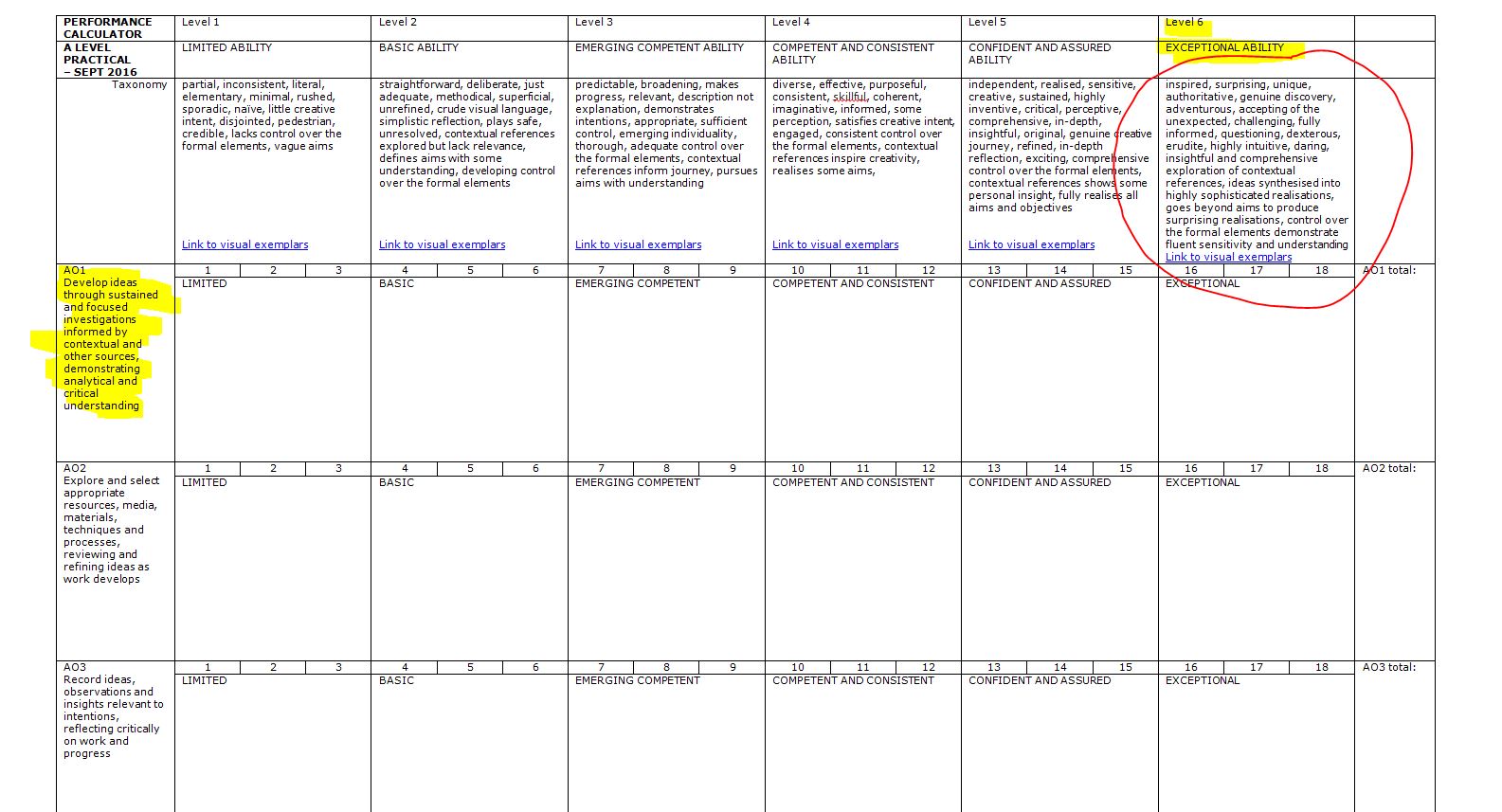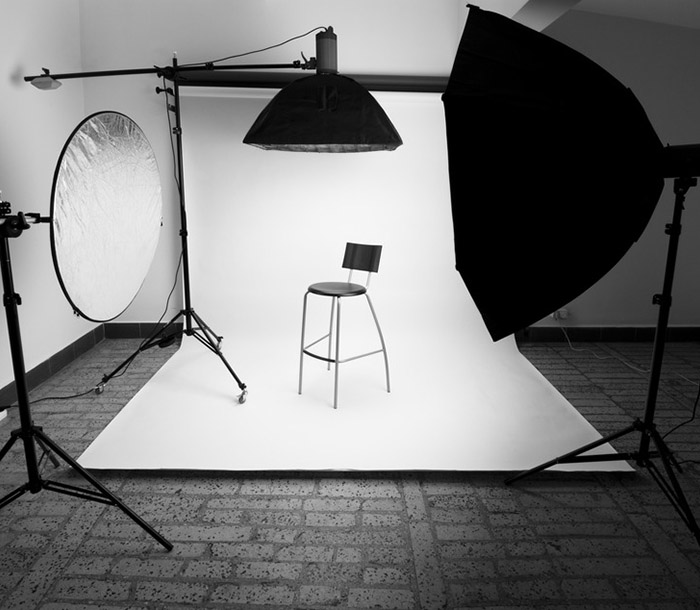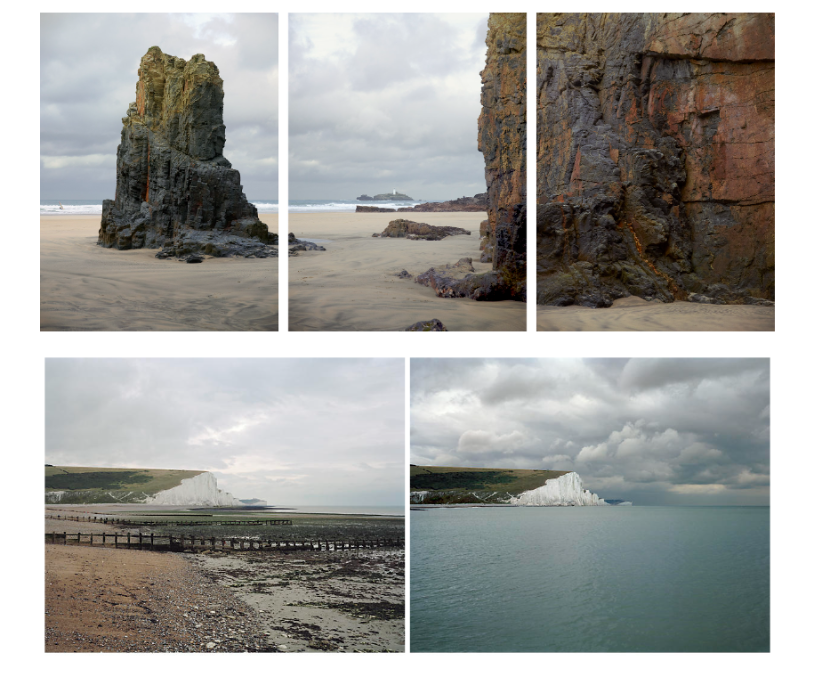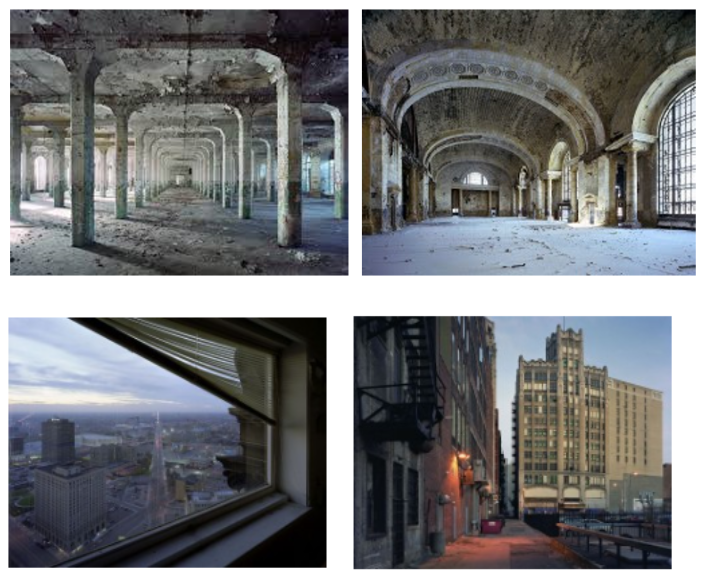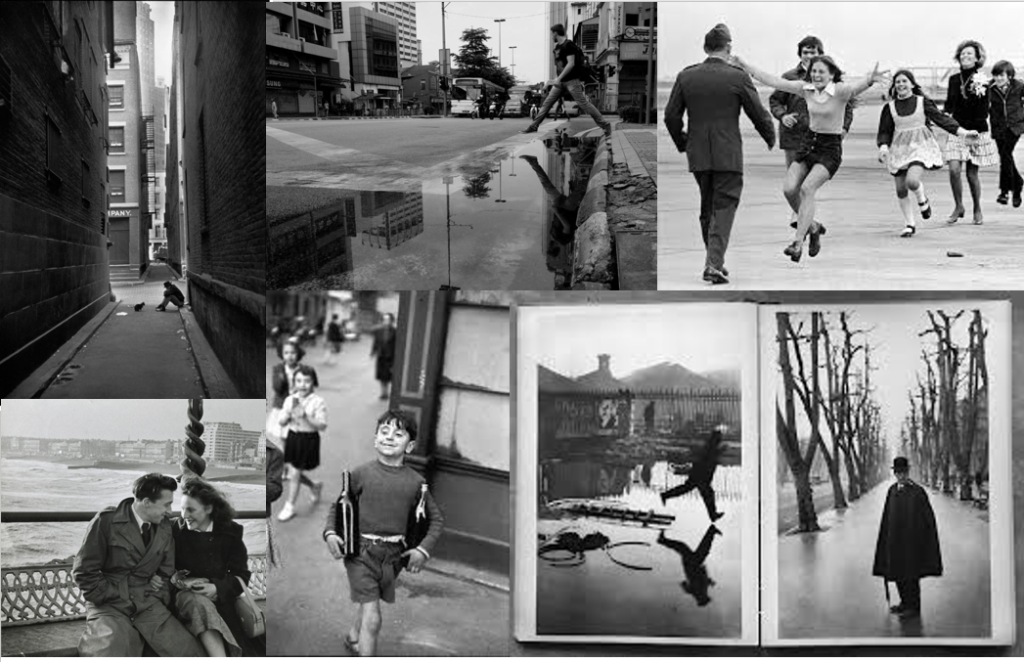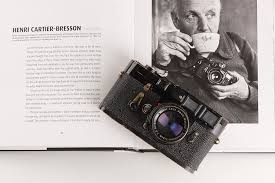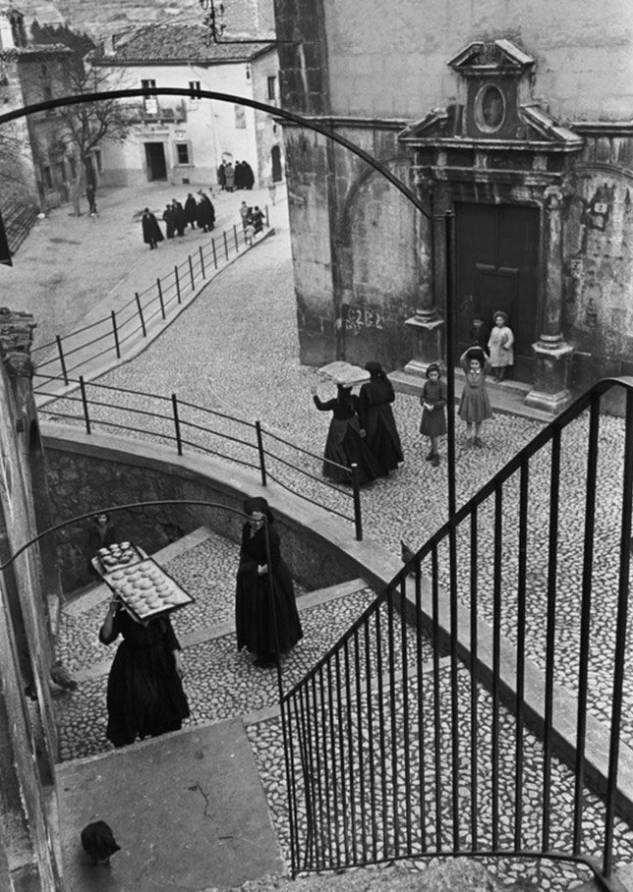


Follow the 10 Step Process and create multiple blog posts for each unit to ensure you tackle all Assessment Objectives thoroughly :
- Mood-board, Mind-map of ideas (AO1)definition and introduction (AO1)
- Statement of Intent / proposal
- Artist References / Case Studies (must include image analysis) (AO1)
- Photo-shoot Action Plan (AO3)
- Multiple Photoshoots + contact sheets (AO3)
- Image Selection, sub selection, review and refine ideas (AO2)
- Image Editing/ manipulation / experimentation (AO2)
- Presentation of final outcomes (AO4)
- Compare and contrast your work to your artist reference(AO1)
- Evaluation and Critique (AO1+AO4)
IMAGE ANALYSIS MATRIX


Image Analysis Guiding Questions
OBSERVE: Identify and note details
- What type of image is this (photo, painting, illustration, poster, etc.)?
- What do you notice first? Describe what else you see.
- What’s happening in the image?
- What people and objects are shown? How are they arranged? How do they relate to each other?
- What is the physical setting? Is place important?
- What, if any, words do you see?
- Are there details that suggest the time period this image relates to? Is the creation date listed in
the bibliographic record? If the creation date is listed, was this image created at or around the
same time period the image relates to? - What other details can you see?
REFLECT: Generate and test hypotheses
- What tools might have been used to create this image?
- Why do you think this image was made? What might have been the creator’s purpose? What
evidence supports your theory? - Why do you think the creator chose to include these particular details? What might have been
left out of the frame? - Who do you think was the audience for this image?
- What do you think the creator might have wanted the audience to think or feel? Does the
arrangement or presentation (lighting, angle, etc.) of the details affect how the audience might
think or feel? How? - What do you feel when looking at this image?
- Does this image show clear bias? If so, towards what or whom? What evidence supports your
conclusion? - What was happening during the time period this image represents? If someone made this image
today, what would be different/the same? - What did you learn from examining this image? Does any new information you learned
contradict or support your prior knowledge about the topic or theme of this image?
